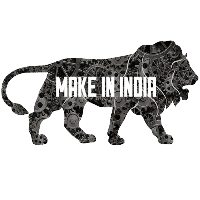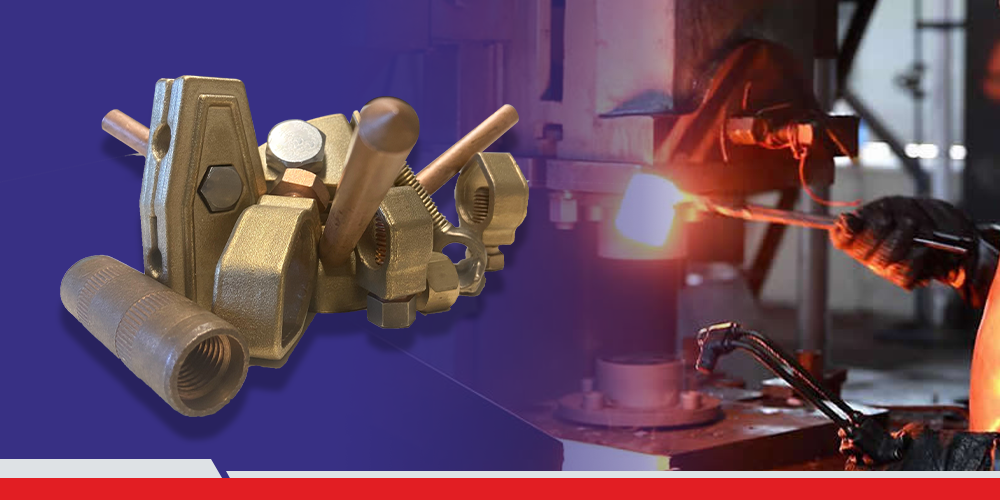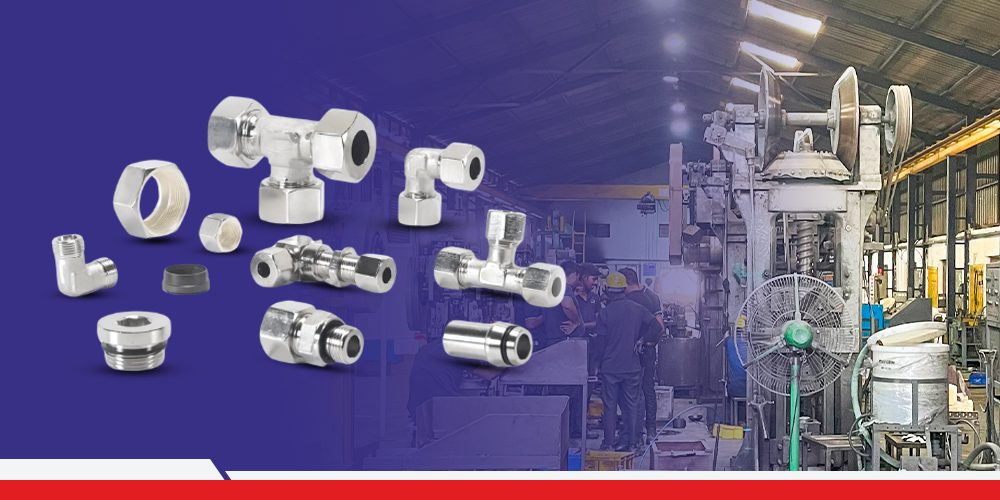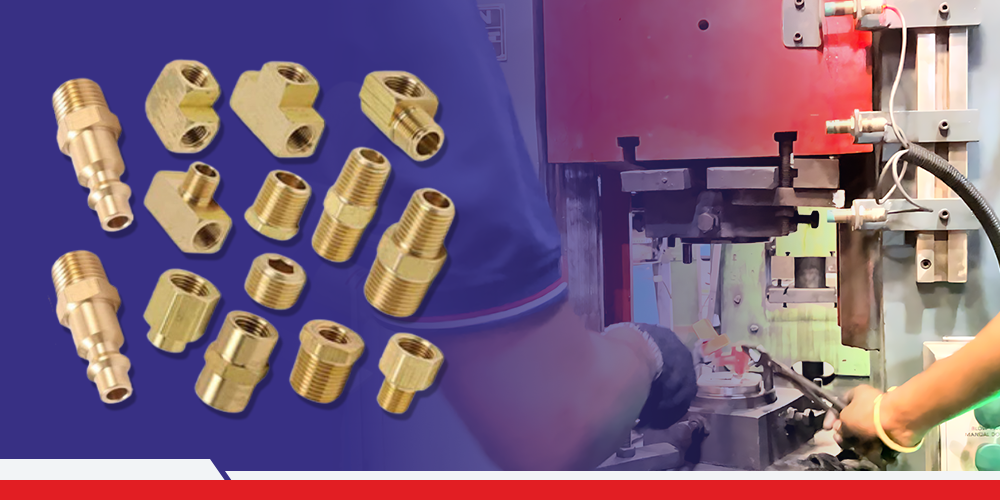Sales Inquiry
Aluminium Die Casting: Expert Insights on Process Optimization

Aluminium die casting is one of the most efficient and widely used manufacturing processes for producing high-quality metal components. Industries such as automotive, aerospace, and electronics rely on this method for its ability to create durable, lightweight, and complex parts with precision. This process enables manufacturers to produce intricate parts in large volumes while maintaining accuracy and strength. In this blog, we share expert insights on optimizing the aluminium die casting process for maximum efficiency and quality.
Understanding Aluminum Die Casting
Aluminium die casting is a metal-forming technique where molten aluminium is injected into a mould or die under high pressure. Once it cools and solidifies, the component is ejected from the die, ready for further processing. This method allows manufacturers to produce intricate and precise components in large volumes, making it a cost-effective solution for many industries.
Key Factors for Process Optimization
Optimizing the aluminum die casting process ensures higher efficiency, improved product quality, and reduced production costs. Here are some expert strategies:
1. Choosing the Right Aluminum Alloy
Different aluminium alloys offer varying benefits, such as strength, corrosion resistance, and thermal conductivity. Selecting the right alloy for the application ensures better performance and longevity of the final product.
2. Die Design and Maintenance
A well-designed die is crucial for high-quality castings. Proper thermal management, venting, and cooling systems within the die help prevent defects such as porosity or shrinkage. Regular maintenance of the die prolongs its lifespan and enhances production efficiency.
3. Optimizing Injection Parameters
The speed, pressure, and temperature of molten aluminium during injection significantly impact the quality of the casting. Precise control of these parameters ensures uniform filling of the die, minimizing defects and improving structural integrity.
4. Effective Cooling and Solidification
Proper cooling techniques, such as optimized cooling channels and controlled solidification rates, help reduce internal stresses and enhance the mechanical properties of the cast components.
5. Minimizing Porosity and Defects
Gas porosity and shrinkage defects can compromise the strength and appearance of cast parts. Using vacuum-assisted die casting, refining the aluminium melt, and controlling pressure levels help reduce these defects.
6. Surface Treatment and Finishing
Post-casting processes such as trimming shot blasting, and anodizing improve the durability and aesthetics of the final product. These treatments also enhance corrosion resistance, making components suitable for demanding applications.
The Role of Automation in Optimization
Automation plays a significant role in modern die casting operations. Implementing robotic handling, automated quality inspections, and real-time monitoring systems enhances consistency and reduces errors.
Environmental and Cost Benefits of Optimized Die Casting
Optimized aluminium die casting is not only beneficial for quality and efficiency but also for sustainability and cost reduction. The process generates minimal waste, and aluminium is highly recyclable, making it an eco-friendly choice. Additionally, reduced defects and improved cycle times lower production costs, providing economic advantages for manufacturers and clients alike.
Conclusion
Aluminium die casting is a reliable and efficient manufacturing method, and optimising its process ensures superior product quality, cost-effectiveness, and environmental benefits. At IQS Engineering Solutions, our expertise and advanced manufacturing techniques help industries achieve high-performance cast components tailored to their specific needs. With 25+ years of experience and a commitment to innovation, we continue to serve global clients with precision-engineered aluminium forgings. For expert aluminium die casting solutions, reach out to IQS Engineering Solutions today!





.png)
